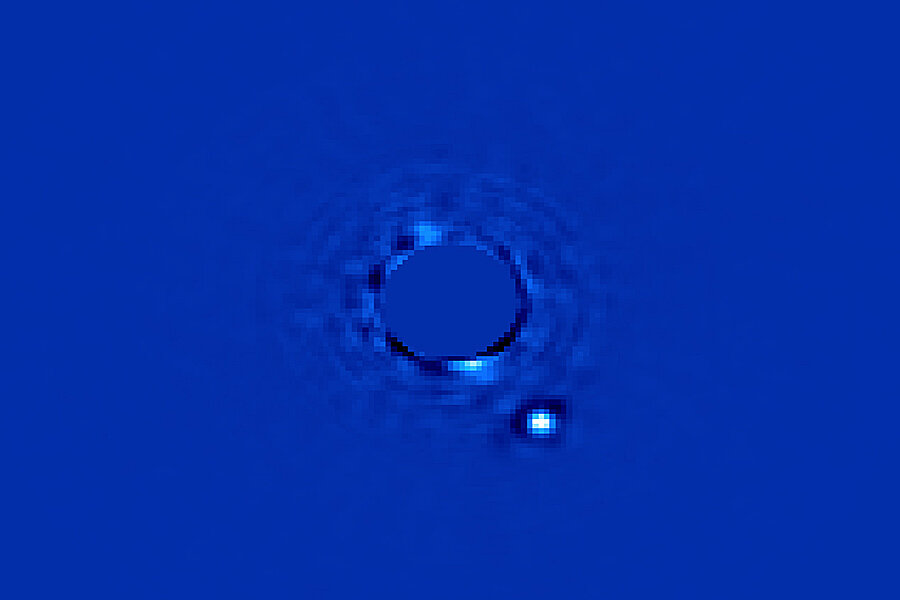Why spotting alien life just got easier
Loading...
The Gemini Planet Imager (GPI) might just bring us one step closer to finding life on another world.
With "its eye to the sky," the GPI, an intricate astronomical instrument the size of a small car, positioned on the 26-foot-diameter Gemini South telescope in Chile, is the world's most powerful exoplanet camera, according to a press release by Gemini Observatory. An exoplanet is a planet outside our solar system.
Located in Chile, in the foothills of the Andes, the telescope is helping the team of scientists observe young planets and young stars, which are mostly visible from south of the equator, said Bruce Macintosh of the Lawrence Livermore National Laboratory, who was the principal investigator of the team that built the instrument.
The GPI took its first "light image" of Beta Pictoris b, a planet orbiting the star Beta Pictoris, last November. The imager also took images of Jupiter's moon Europa.
Looking at a normal star through the Earth's atmosphere causes the image to distort due to turbulence, but the GPI's mirror can change its shape 1,000 times each second, canceling out distortions and sharpening its image, says Dr. Macintosh.
"This approach or technology is known as Adaptive Optic (AO), which is used in telescopes, but in the case of GPI it is just more accurate and advanced," he says.
A Gemini Observatory press release compared hunting exoplanets to "trying to see a firefly circling a streetlight thousands of kilometers away." The instruments used to image exoplanets must be built to "excruciating tolerances," said Leslie Saddlemyer of NRC Herzberg (part of the National Research Council of Canada), who served as GPI's systems engineer. "Each individual mirror inside GPI has to be smooth to within a few times the size of an atom," Saddlemyer added.
For the GPI to function well, it is required that the planet be at least the size of Jupiter. Also, the planet should not be too close to the star, as too much glare can obscure the planet, says Macintosh. The GPI has a series of masks to block out and reduce the glare of the star, he says.
"Exoplanets are extraordinarily faint and difficult to see next to a bright star," said GPI chief scientist Professor James R. Graham of the University of California who has worked with Macintosh on the project since its inception. The Gemini Observatory says that their imager can spot planets a million times fainter than their parent stars.
The GPI's images can also help scientists understand what the planets are made of, said Macintosh, eventually helping identify planets that are similar to ours.
Astronomers discovered the first planet outside our solar system in 1992. Since then, hundreds of exoplanets have been discovered. Currently there are 1,015 exoplanets and more than 3,500 "candidates."
Macintosh said that the bigger aim is to further improve the technology and help the imager spot smaller planets the size of Earth so that possibility of life on planets beyond the Earth can be explored.
The team revealed its findings at the Jan. 6 meeting of the American Astronomical Society in Washington DC.








